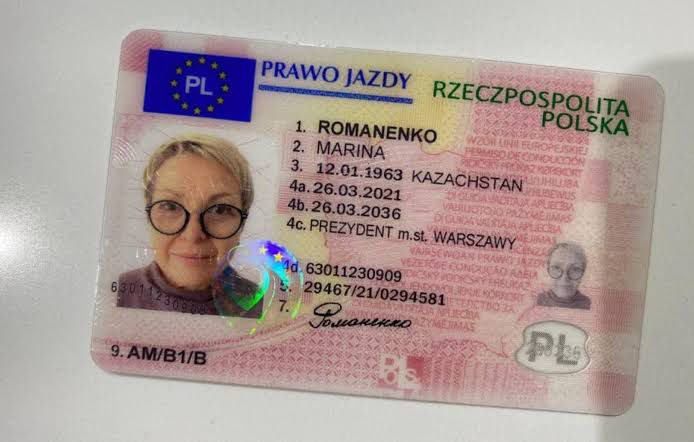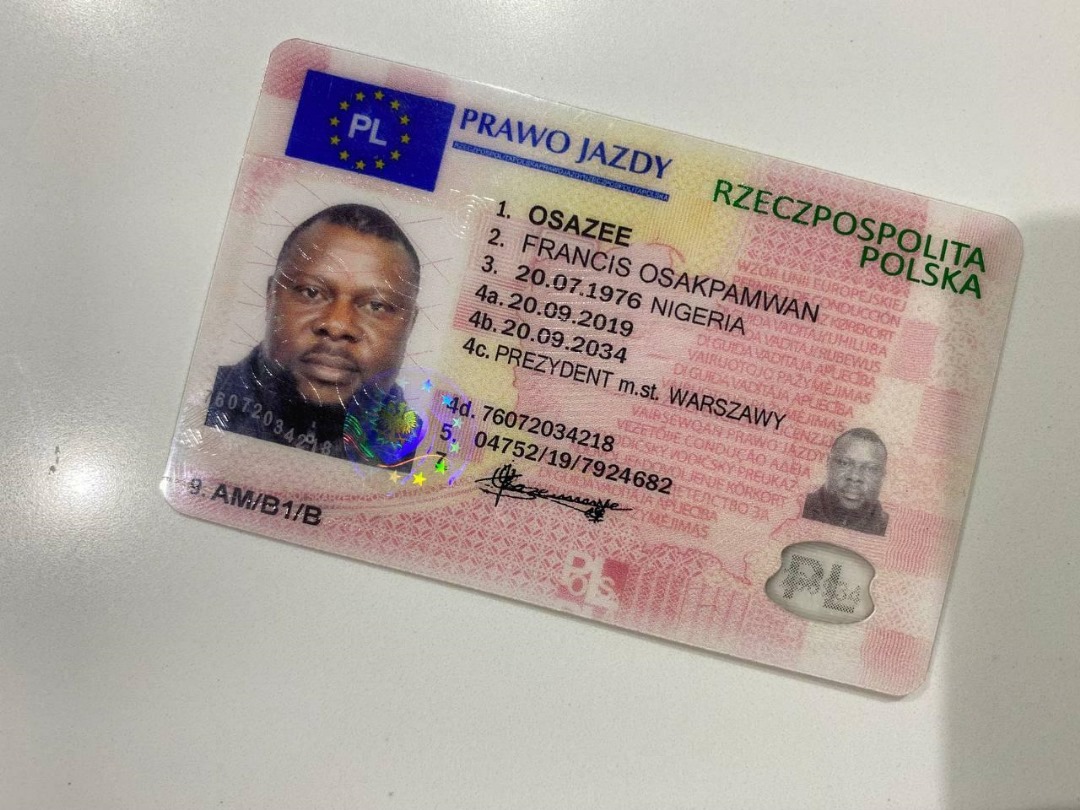5 Driving Licenses B Projects That Work For Any Budget
페이지 정보
작성자 Leah 댓글 0건 조회 3회 작성일 25-08-21 05:01본문

Understanding Driving Licenses: Types, Requirements, and Frequently Asked Questions
Driving is an essential element of modern life, and obtaining a driving license is a vital turning point for lots of individuals. This post explores the various kinds of driving licenses available, the requirements to obtain them, and answers commonly asked questions associated with the subject. A knowledgeable perspective on driving licenses can help individuals understand the importance of choosing the right kind of license to fulfill their requirements.

Types of Driving Licenses
Driving licenses can vary between countries and regions, however they normally fall into a number of significant categories. The following table summarizes the most common kinds of driving licenses, including their functions and common constraints.
| Kind of License | Description | Common Restrictions | Eligibility Age |
|---|---|---|---|
| Student's Permit | Permits novice motorists to practice. | Need to drive with a licensed adult. | 16-18 years old |
| Class C License | Standard license for guest vehicles. | No limitation on number of passengers. | 18 years or older |
| Class A License | Commercial license for large cars. | Should stick to stricter policies. | 21 years or older |
| Class egzamin z prawa jazdy kat b online License | For driving buses and larger vehicles. | May require special endorsements. | 21 years or older |
| Motorbike License | For running bikes. | Need to use a helmet; differs by state. | 16-18 years of ages |
| International License | Permits legal driving in foreign nations. | Must possess a legitimate domestic license. | 18 years or older |
Learner's Permit
The learner's permit is the first step for many people venturing into the world of driving. This permit allows newbie motorists to practice driving under monitored conditions, typically requiring a licensed adult over a particular age to accompany them in the vehicle.
Class C License
The Class C license is the most typically held driving license, enabling individuals to run basic traveler vehicles. This license typically has less restrictions compared to other categories.
Class A and B Licenses
Class A and B licenses are necessary for running industrial lorries. These licenses require unique training and testing, making sure that motorists are geared up with the skills needed for maneuvering bigger and more complex vehicles safely.
Bike License
Individuals thinking about riding motorcycles should acquire a motorbike license, which can need extra training and testing. Safety gear, such as helmets, is frequently mandated by law.
International License
A worldwide driving license enables people to drive in foreign nations, but it is essential to have a valid domestic driving license in conjunction with the worldwide authorization.
Requirements to Obtain a Driving License
The requirements for acquiring a driving license can differ considerably by jurisdiction. However, there are common steps and requirements that many candidates will encounter. Below is a list of basic requirements:
Age Requirement:
- Minimum age varies; student's permits are frequently released at 16, while full licenses may require applicants to be 18 or older.
Vision Test:
- Most jurisdictions require candidates to pass a vision test to ensure safe driving capabilities.
Written Test:
- New motorists need to pass a composed exam that covers traffic laws, roadway indications, and safe driving practices.
Driving Test:
- Practical driving tests are conducted to demonstrate an applicant's ability to run a lorry securely under numerous conditions.
Charges:
- Payment of application and screening fees is generally required.
Evidence of Identity:
- Applicants should provide legitimate recognition, such as a passport or birth certificate, in addition to proof of residency.
Adult Consent (for minors):
- Parental or guardian approval is typically needed for applicants under the age of 18.
Understanding the different types of driving licenses and their associated requirements is essential for anyone wanting to drive lawfully and securely. Each license serves a distinct purpose, accommodating different driving requirements, from basic cars to commercial transportation and motorcycles. By satisfying the needed requirements and sticking to regulations, aspiring chauffeurs can take pleasure in the liberty of driving while ensuring their security and the security of others.
Regularly Asked Questions (FAQs)
What do I need to bring when looking for a driving license?
- You generally need to offer recognition, proof of residency, and any necessary application charges. Talk to your local DMV or licensing authority for particular requirements.
The length of time does it take to acquire a driving license?
- The timeline can differ based on specific situations, such as how quickly one can complete the required tests, and whether there is a backlog at the licensing authority.
Can I drive with a student's authorization?
- Yes, but you should be accompanied by a certified driver and stick to constraints set by your regional laws.
What happens if I fail the driving test?
- You generally have the alternative to retake the test after a designated waiting period, which differs by jurisdiction.
Is it necessary to take a driving course?
- While not constantly necessary, taking a driver's education course can be advantageous and is typically needed for individuals looking for a learner's authorization.
By being notified about the types of licenses readily available, the requirements needed for obtaining one, and the related regulations, prospective chauffeurs can navigate the procedure of obtaining a driving license with confidence.
- 이전글Amazing u31 Gamings at Leading Thailand Gambling Enterprise 25.08.21
- 다음글진정한 풍요로움: 감사와 만족의 비밀 25.08.21
댓글목록
등록된 댓글이 없습니다.

